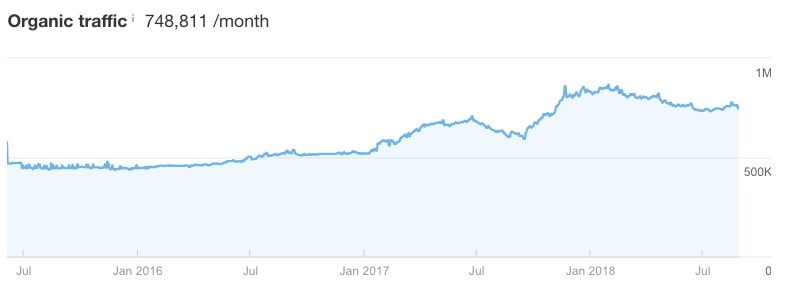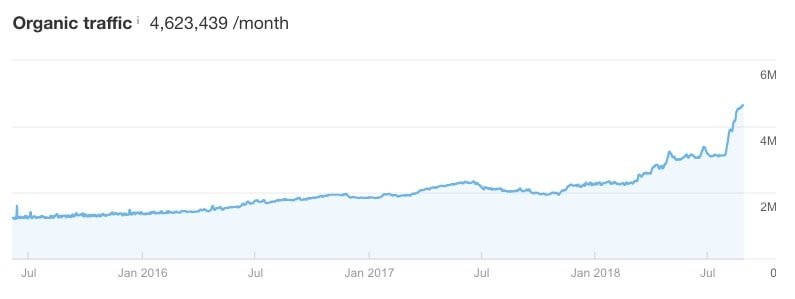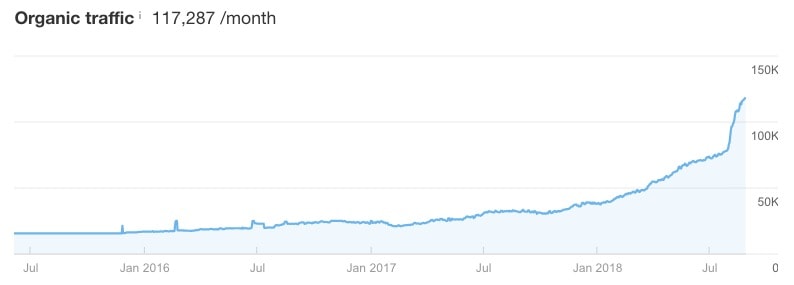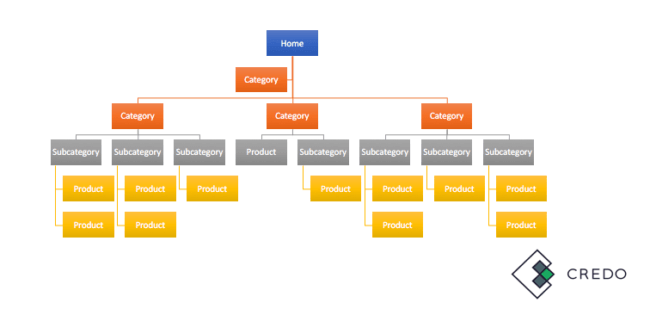At the beginning of every SaaS journey, you the founder are usually a 1 man band. You do everything from coding to marketing.
One question you probably have, as a time-stretched solo founder, is:
“Should I focus on building a more comprehensive website (i.e. feature pages, use cases, etc) or a blog with content that isn’t necessarily 100% product focused, but has the potential to attract customers from search?”
You obviously find it difficult to do both at once. It’s hard to decide which of the 2 has the best ROTI (return on time invested).
In this article, I will explore the question and show you why blogging is the best thing you can do to start your journey.
Why SaaS marketing is unique and the importance of information
The sales cycle for SaaS products is short. Extremely short. At the pace at which software is evolving, you need to sell fast and keep improving the product as you go.
The problem with such a short sales cycle is that customers might get impulsive (i.e. buy something that is not what they’re looking for) or doubtful that a particular product actually is what they’re looking for.
In either case, information is your best chance and asset. It is your most powerful weapon and vehicle of trust and clarity for your customers. Your main job is to be seen as an information provider and an expert in your field and industry.
Unfortunately for many of you reading this, your customers don’t really care about your monthly earning reports or feature update. You must stop wearing the founder hat for a while and wear the marketer hat. The information you provide on your blog or site is what will bring people to the best solution to their problems, your SaaS product.
Why are SaaS blogs often neglected?
Let’s be honest here, most SaaS blogs don’t get the love they deserve, or if they do is that kind of love that doesn’t last very long. Most founders are technical people and often focus on those aspects of their product that are not really going to get many eyeballs on it.
You start writing 5 blog articles a week about new features, and issues with the software and get discouraged when they don’t get any traffic and traction, let alone sign-ups. You think you need to get everything perfect with your product and then with your website. You focus on the bells and whistles but forget to look at the bigger picture, the 20% that gets you the 80% of the results.
This problem is actually an opportunity for many SaaS companies.
There are many examples of companies doing extremely well with content marketing and SEO, the main ones that come to mind are the behemoths, Hubspot and Buffer:


But also some of the “smaller players” like Ahrefs:

On the other side, there are many others (most of them) that are not doing well at all. You can leverage this and be the “info provider” in your industry.
Many SaaS companies also neglect content because some of the best SEO and content agencies for SaaS can be quite expensive. The issue with this is not thinking long-term and only focusing on the quick wins, which is a whole separate problem.
How can SEO help early-stage saas?
I truly believe, that once your site is 70% optimal, and your product is a (real) MVP, you should be focusing most of your efforts on content marketing and SEO.
This has 2 main benefits:
- Scaling customer acquisition and Controlling reputation
- Finding product-market fit faster
1. Scaling customer acquisition and Controlling reputation
This is often overlooked, but since Google’s Hummingbird update, pages are ranking for a higher and higher number of related terms.
This (if done right) signals authority in the eyes of the search engine but in the eyes of your potential customers who will be able to find you for many keywords instead of just a few and view you as the expert in the field.
If you can find a repeatable framework of pages that work well, you can really scale things up.
2. Finding product-market fit faster
You can use SEO and keyword research especially, as a tool to gather insights into your customers’ behavior and search patterns.
You can find keywords like [“your product” alternative] or other comparison queries to get a real inside-out view of your target market; take those back into product development to find product-market fit faster.
This is really important; you should be strategic and have clear goals; you don’t want to start a massive content marketing or paid marketing campaign if:
- Your product is not ready (people using it should be enthusiastic and recommend it to others).
- You haven’t found product-market fit (all that traffic will just translate into a big churn problem).
What to do next?
Once you’ve gotten your feet wet with SEO, market, and keyword research it’s time to put in place a content marketing strategy that has clear goals and is actionable.
Decide on one content goal
Focus on 1 main goal, 1 metric (i.e., email subscribers), and go all-in to get to that goal. This will force you to target the kind of content that gets the most traffic to your website (Top of the funnel content)
Decide your keyword strategy
It is important to have content that covers all 3 areas of your funnel:
- ToFu (information)
- MoFu (comparison)
- BoFu (buying intent)
I believe the best way to attack content creation Is from the top down. Top of the funnel content creates authority and has the best chance of getting you ranked in search and being the least competitive. Once you’ve gathered a few customers from your ToFu and MoFu content, you can use customer feedback to create certain BoFu content about your product.
Jimmy Daly st Animalz.co has a great guide on this.
Help users find your content
Once you have your best pieces of content in place that cover each of the 3 areas of the funnel, you need to help the users navigate through them. This means organizing your site structure in a way that people can naturally move from the top of the funnel, all the way to the bottom.

What are the best content types to be focusing on?
Not all content is equal and as of 2018, there’s a tremendous variety and different types of content you can create. This just adds up to your main problems: limited time and resources.
There are a few, proven content framework that works for SEO and you can leverage them in your content strategy.
10x content
Ebooks, Extremely high-quality resources that position your company as the industry leader. These take a long time to create and can be costly if you don’t have internal resources or can do it yourself, but they last forever and are a quality and authority signal.
Ultimate guides
These look like normal articles but are extremely in-depth and cover 1 particular topic really, really well.
Long tail specific content
These are shorter articles that target extremely low volume search queries but are also really targeted and effective for lead generation. Depending on your time and budget, you can pick and choose between the 3, but ideally, you should allocate a bit of time for all of them.
Conclusion
To return to the original question, “Should you be focusing on building up the website or the blog”? I’d personally recommend getting the site to around 70% and then going all-in on the blog.
If your product is great and you attract people to it with useful and valuable content that solves problems, even if your site is not the best in the world, they will eventually sign-up, give it a try and buy.
If your product is great and your site does an amazing job at showing it, but there’s no one looking for or searching for it… no one will buy it.
